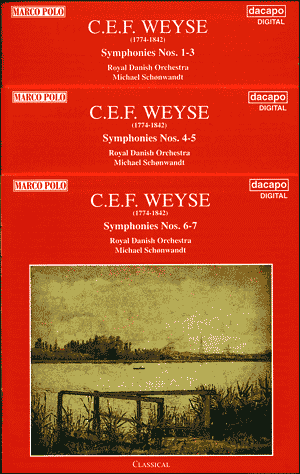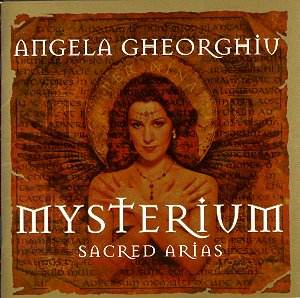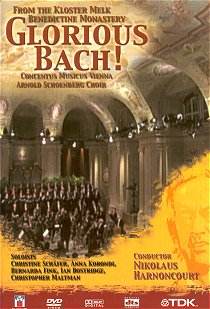 Composer: Christoph Ernst Friedrich Weyse
Composer: Christoph Ernst Friedrich Weyse
Works: Symphonies Nos. 1-7
Performers: Royal Danish Orchestra / Michael Schønwandt
Recording: Recorded 1993/4, Copenhagen, Denmark
Label: DaCapo / Marco Polo
Christoph Weyse, a composer often overshadowed by his more illustrious contemporaries, emerges as a significant yet underappreciated figure in the canon of early Romantic symphonic music. His seven symphonies, composed between 1795 and 1799, reflect a transitional period in music history, bridging the late Classical style of Haydn and Mozart with the emerging Romantic sensibilities. This trio of discs provides a comprehensive survey of Weyse’s symphonic output, showcasing a composer who, despite a significant pause in his creative life, reveals a deep understanding of the orchestral form and a distinctive voice within the Germanic tradition.
The performances by the Royal Danish Orchestra under Michael Schønwandt are commendable, blending technical precision with an affectionate interpretation of Weyse’s scores. The orchestra’s size, larger than what Weyse would have originally employed, allows for a richness in texture that enhances the listener’s experience. Schønwandt’s direction is attentive to the nuances of Weyse’s orchestration, particularly in the dynamic contrasts that characterize the symphonies. For instance, in Symphony No. 5 in E flat major, the majestic opening Maestoso – Allegro con brio is imbued with a stately grandeur that contrasts effectively with the lighter, more playful elements of the subsequent movements. The conductor’s interpretive choices, such as allowing for slight rubato in lyrical passages, breathe life into the music, drawing out the emotional depths that Weyse often hinted at but rarely fully explored.
Recording quality is another highlight of this release. The engineering captures the full spectrum of the orchestra’s sound, from the delicacy of the woodwinds to the robust strings and brass. There is a clarity that allows listeners to appreciate the intricate interplay between the various orchestral sections, particularly in works like Symphony No. 4 in E minor, where the thematic material is often passed around between different instruments. The acoustic environment of the recording venue in Copenhagen enhances the orchestral blend, ensuring that each instrument’s voice can be distinctly heard, thus allowing the subtleties of Weyse’s counterpoint to come through.
Comparisons with other recordings of Weyse’s symphonies, albeit sparse, reveal that Schønwandt’s interpretations stand out for their warmth and engagement. Many past recordings have approached Weyse with a degree of clinical detachment, focusing on formal correctness rather than emotional expression. In contrast, the Royal Danish Orchestra’s performances are infused with vitality and a palpable sense of discovery, particularly in the later symphonies, where Weyse’s orchestration becomes more colorful and inventive. The playful dialogue between strings and winds in the third movement of Symphony No. 7 in E flat major exemplifies this, showcasing a composer who was growing increasingly confident in his orchestral palette.
Weyse’s symphonic journey, from the more conventional structures of his early symphonies to the innovative orchestral textures of the later works, is captured with remarkable fidelity in this recording. The initial three symphonies demonstrate a solid yet somewhat staid compositional style, while the later works, particularly the Fifth and Seventh symphonies, reveal a composer embracing a richer harmonic language and greater thematic development. The engineering choices made in this recording, combined with Schønwandt’s insightful direction, effectively illuminate Weyse’s evolution, making a compelling case for his music’s relevance in the broader spectrum of classical repertoire.
This comprehensive collection not only serves as an introduction to Weyse’s symphonies but also as a reminder of the rich tapestry of early Romantic music that often remains unexplored. Schønwandt and the Royal Danish Orchestra provide a thoughtful and engaging interpretation that encourages a reassessment of Weyse’s place within the symphonic tradition. By bringing these works to light, this recording reaffirms Weyse’s artistry and highlights the enduring value of his contributions to orchestral music.



